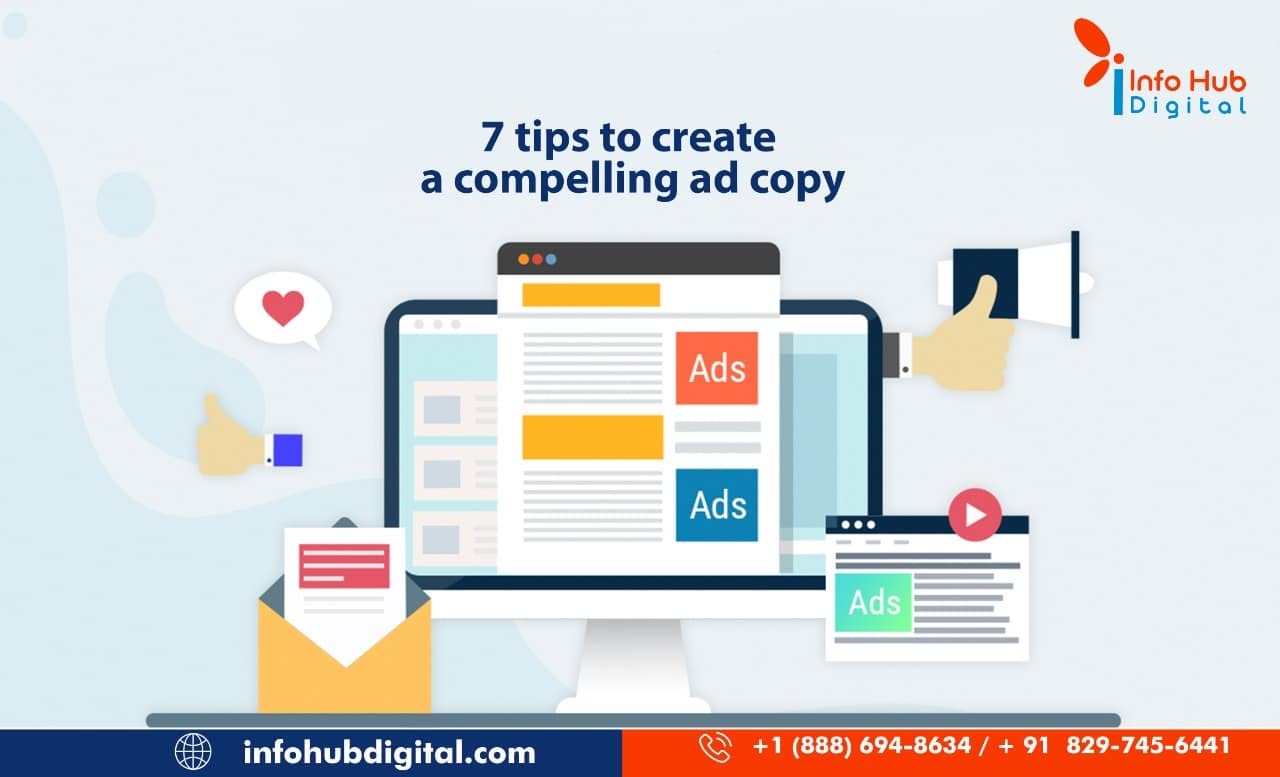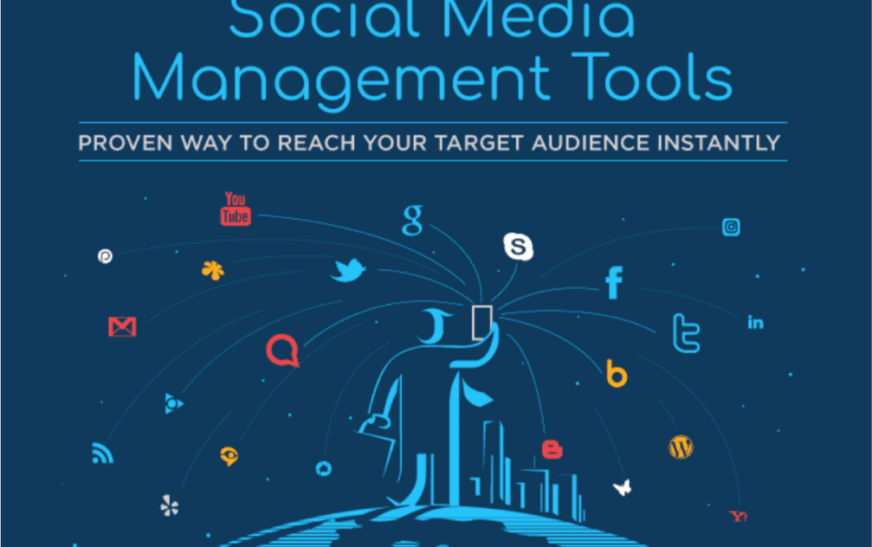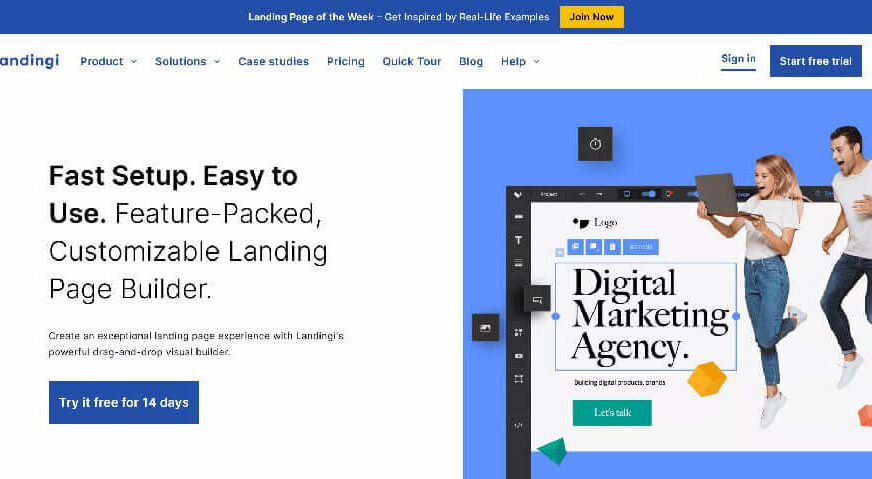Delving into How to Use Digital Tools to Create Effective Ad Copy, this guide immerses you in the world of crafting compelling ad copy using digital tools. Learn how to enhance your messaging, utilize data, and optimize results for successful campaigns.
Understanding Digital Tools

In today’s digital age, there are a variety of tools available to help create effective ad copy that resonates with audiences and drives results. These digital tools encompass a wide range of functionalities and features designed to streamline the ad creation process and optimize performance.
Building and growing an email list is vital for marketing success. With the assistance of digital tools highlighted in How Digital Tools Can Help You Grow Your Email List , businesses can effectively reach and engage with their target audience, leading to higher conversion rates and increased brand awareness.
Types of Digital Tools
- Social Media Management Platforms: Tools like Hootsuite, Buffer, and Sprout Social allow for scheduling, monitoring, and analyzing ad campaigns across various social media platforms.
- Graphic Design Tools: Platforms such as Canva, Adobe Spark, and Piktochart enable users to create visually appealing graphics and images for ads.
- Research Tools: Tools like Google Planner, SEMrush, and Ahrefs help identify relevant s to target in ad copy for optimal performance.
- Copywriting Tools: Platforms like Grammarly, Hemingway Editor, and CoSchedule’s Headline Analyzer assist in crafting compelling ad copy that engages and converts.
Key Features of Effective Digital Tools
- Intuitive User Interface: User-friendly interfaces make it easy for marketers of all skill levels to navigate and utilize the tools effectively.
- Data Analytics: Tools that provide in-depth analytics and insights allow for continuous optimization and improvement of ad copy performance.
- Customization Options: The ability to customize ad templates, graphics, and copy ensures that ads are tailored to specific target audiences and objectives.
- Collaboration Capabilities: Tools that facilitate collaboration among team members enable seamless communication and workflow efficiency.
Examples of Popular Digital Tools
- Canva: A versatile graphic design tool with a wide range of templates and design elements for creating visually appealing ads.
- Google Planner: A powerful research tool that helps identify relevant s with high search volume and low competition.
- Grammarly: An AI-powered writing assistant that enhances ad copy by providing real-time grammar and style suggestions.
Crafting Compelling Ad Copy
Creating engaging ad copy is essential in capturing the attention of your target audience and driving conversions. Utilizing digital tools can enhance the effectiveness of your ad copy and help you stand out in a crowded online space.
Enhancing website engagement is crucial for online success. Learning how to use digital tools effectively, such as those mentioned in How to Use Digital Tools to Increase Website Engagement , can help attract and retain visitors, ultimately leading to increased conversions and business growth.
Strategies for Writing Engaging Ad Copy
- Understand your target audience: Tailor your ad copy to resonate with the needs, preferences, and pain points of your target demographic.
- Use compelling language: Incorporate power words, emotions, and storytelling techniques to evoke a response from your audience.
- Highlight unique selling points: Clearly communicate what sets your product or service apart from competitors to entice potential customers.
- Create a sense of urgency: Include time-sensitive offers or limited-time deals to prompt immediate action from your audience.
Tips for Incorporating Visuals into Ad Copy Effectively
Visual elements can significantly enhance the impact of your ad copy and capture the attention of users. Here are some tips for effectively incorporating visuals into your ad campaigns:
- Choose high-quality images or videos that are relevant to your message and align with your brand identity.
- Utilize eye-catching graphics, infographics, or animations to convey complex information in a visually appealing way.
- Ensure that visuals complement your ad copy and work together to communicate your message effectively.
- A/B test different visual elements to determine which ones resonate best with your audience and drive higher engagement.
The Importance of Concise and Clear Messaging in Ad Copy
Clear and concise messaging is crucial in ensuring that your ad copy is easily understood and leaves a lasting impression on your audience. Here’s why it’s important:
- Clarity helps eliminate confusion and ensures that your message is communicated effectively to your audience.
- Conciseness allows you to convey your key points succinctly, keeping your audience engaged and focused on the main message.
- Well-crafted ad copy with clear and concise messaging is more likely to resonate with viewers and drive desired actions, such as clicks or conversions.
Utilizing Data and Analytics

Utilizing data and analytics is crucial in improving the performance of ad copy in digital marketing. By analyzing data effectively, marketers can gain valuable insights into what resonates with their target audience and adjust their ad copy strategies accordingly.
Utilizing the best digital tools for market research is essential in gaining valuable insights into consumer behavior and market trends. By leveraging platforms like The Best Digital Tools for Market Research , businesses can make informed decisions and stay ahead of the competition.
Metrics to Track
- Click-through rate (CTR): Tracking the percentage of people who clicked on your ad after seeing it can help measure its effectiveness in driving traffic.
- Conversion rate: Monitoring the rate at which users take a desired action, such as making a purchase or signing up for a newsletter, can indicate how well the ad copy is performing.
- Engagement metrics: Analyzing metrics like time spent on page, bounce rate, and social shares can provide insights into how engaging the ad copy is for the audience.
- ROI: Calculating the return on investment can help determine the overall success of the ad copy in generating revenue for the business.
Best Practices for Optimization, How to Use Digital Tools to Create Effective Ad Copy
- Use A/B testing: Testing different variations of ad copy can help identify which messages resonate best with the audience and optimize for better performance.
- Utilize heatmaps: Heatmap tools can show where users are clicking or scrolling on a webpage, providing insights on how to structure ad copy for maximum impact.
- Track and analyze data regularly: Continuously monitoring and analyzing data can help marketers stay informed about the performance of their ad copy and make informed decisions for optimization.
- Segment your audience: Tailoring ad copy to specific audience segments based on demographics, interests, or behaviors can lead to more personalized and effective messaging.
A/B Testing and Optimization

When it comes to creating effective ad copy, A/B testing is a crucial process that allows you to compare two versions of your ad to determine which one performs better. By using digital tools, you can easily set up and analyze these tests to optimize your ad copy for maximum results.
Variables to Test During A/B Testing
During A/B testing, there are several key variables that you can experiment with to see which combination resonates best with your target audience. Some examples include:
- Headlines: Test different headline variations to see which one grabs the attention of users.
- Call-to-Action (CTA): Experiment with different CTAs to see which one drives more conversions.
- Images: Test different images to see which one resonates best with your audience.
- Ad Copy Length: Try different lengths of ad copy to see which one keeps users engaged.
Using Insights from A/B Testing to Optimize Ad Copy
Once you have conducted A/B tests and gathered insights, it’s crucial to use this data to optimize your ad copy for better results. Some ways to do this include:
- Identifying patterns: Look for patterns in the data to understand what elements are working and what needs improvement.
- Implementing changes: Based on the insights gathered, make changes to your ad copy to align with what resonates best with your audience.
- Continuous testing: Keep testing and refining your ad copy based on the data to ensure ongoing optimization and improved performance.
Concluding Remarks: How To Use Digital Tools To Create Effective Ad Copy
Master the art of creating impactful ad copy with digital tools by incorporating engaging visuals, analyzing data effectively, and conducting A/B testing to refine your strategies. Elevate your advertising game and achieve remarkable success in your campaigns.








